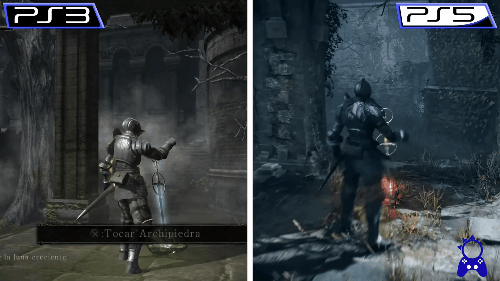
How Oodle Kraken and Oodle Texture supercharge the IO system of the Sony PS5
The Sony PS5 will have the fastest data loading ever available in a mass market consumer device, and we think it may be even better than yo...cbloomrants.blogspot.com
Confirmation 8/9 GB/s were not using oodle texture.
If the previous compression ratio was 1.5, and in this quote a 2:1 ratio is now being mentioned, as a few people in here have stated that would take the new compressed bandwidth to 11GB/s. Out of curiosity, how is this other 15GB/s and 3:16 ratio that a couple have mentioned being arrived at?






